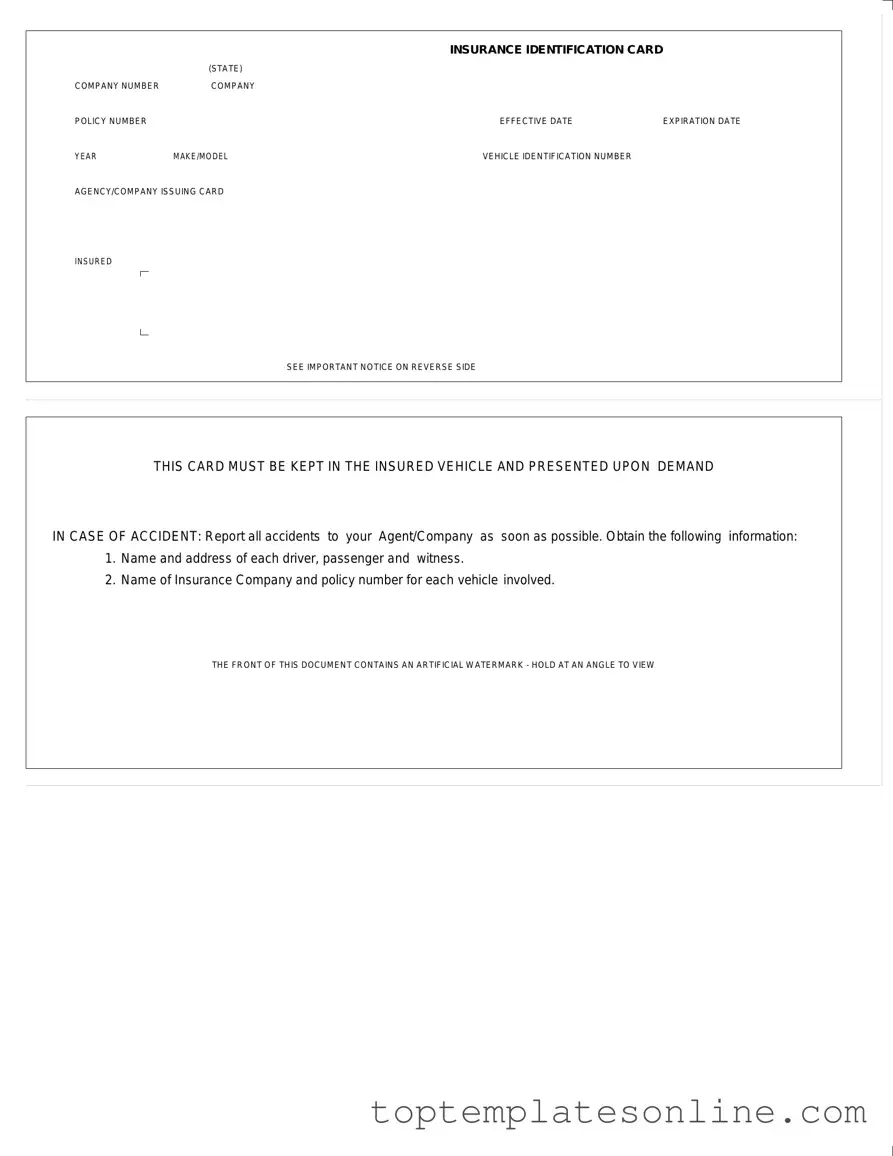When it comes to driving legally and safely on the roads, having your Auto Insurance Card is essential. This card serves as proof of your insurance coverage and contains important information that you need to be aware of. Key details include your insurance company’s name, the policy number, and the effective and expiration dates of your coverage. Additionally, the card specifies the make and model of your vehicle, as well as the Vehicle Identification Number (VIN), which uniquely identifies your car. It’s important to note that this card must be kept in your vehicle at all times and presented upon request, especially in the event of an accident. In such cases, you are required to report the incident to your insurance agent or company promptly, and gather necessary information from all parties involved, including names and addresses of drivers, passengers, and witnesses. The card also features a watermark for authenticity, which can be seen when held at an angle. Understanding these aspects of the Auto Insurance Card can help ensure that you are prepared and compliant while on the road.
